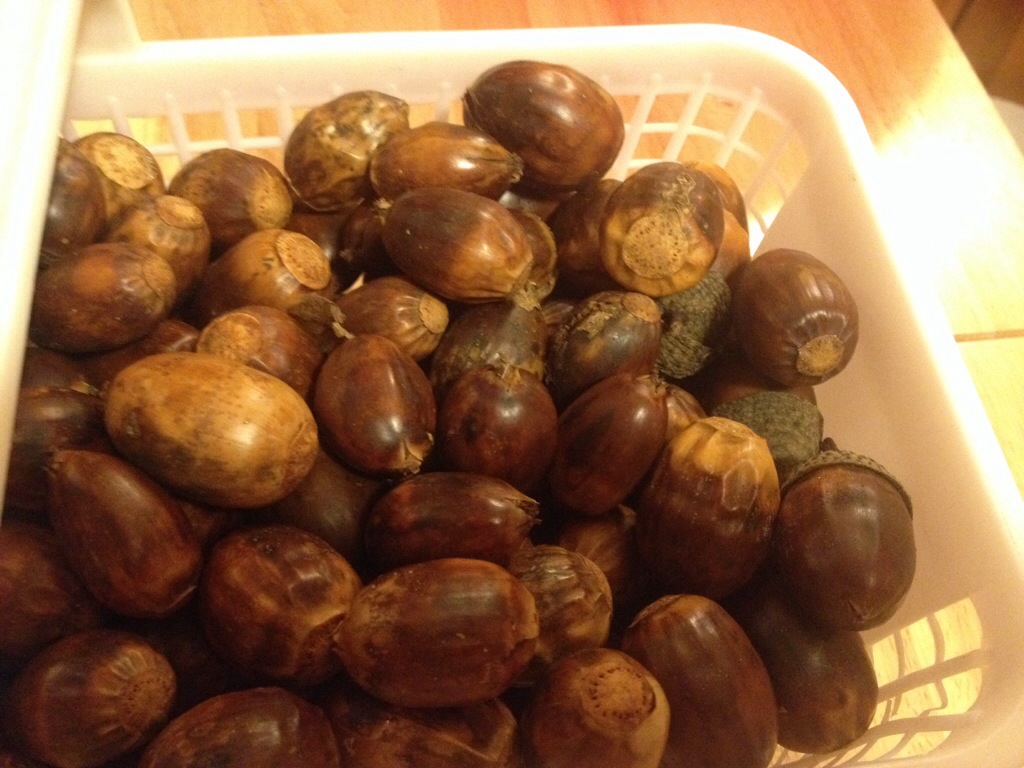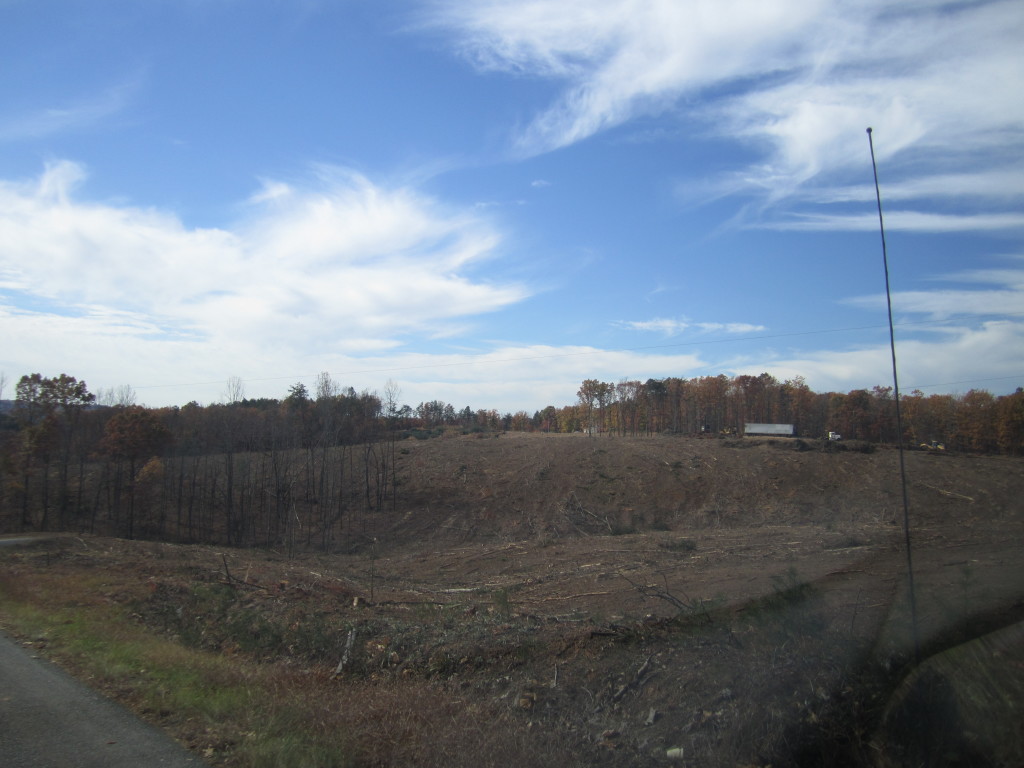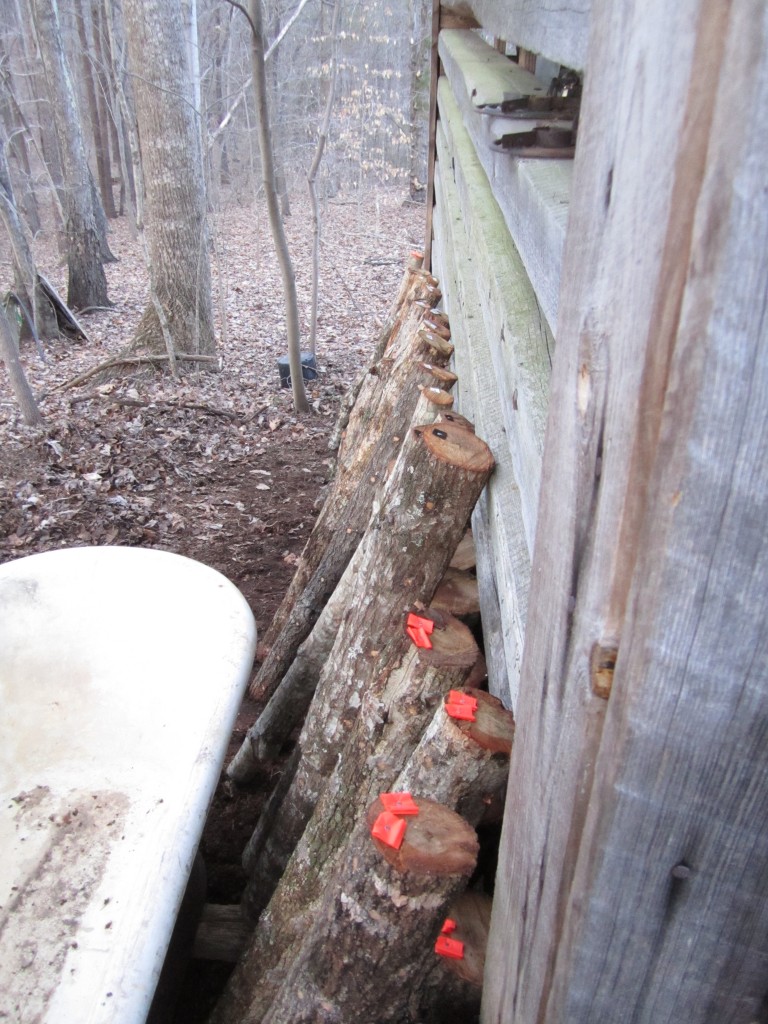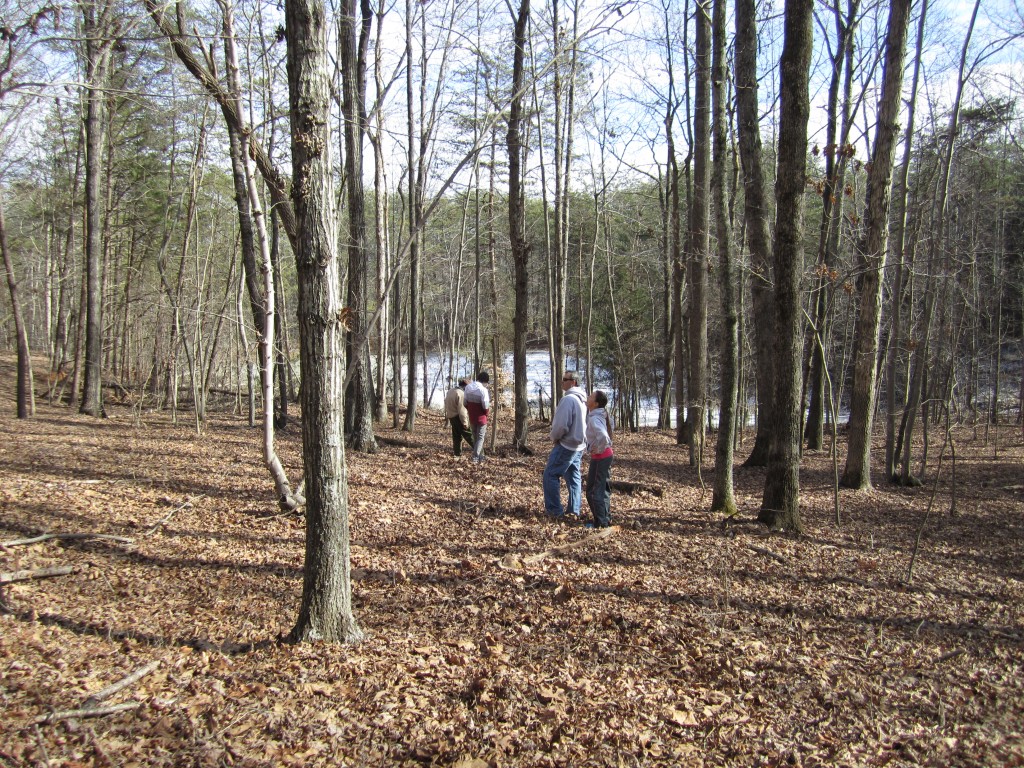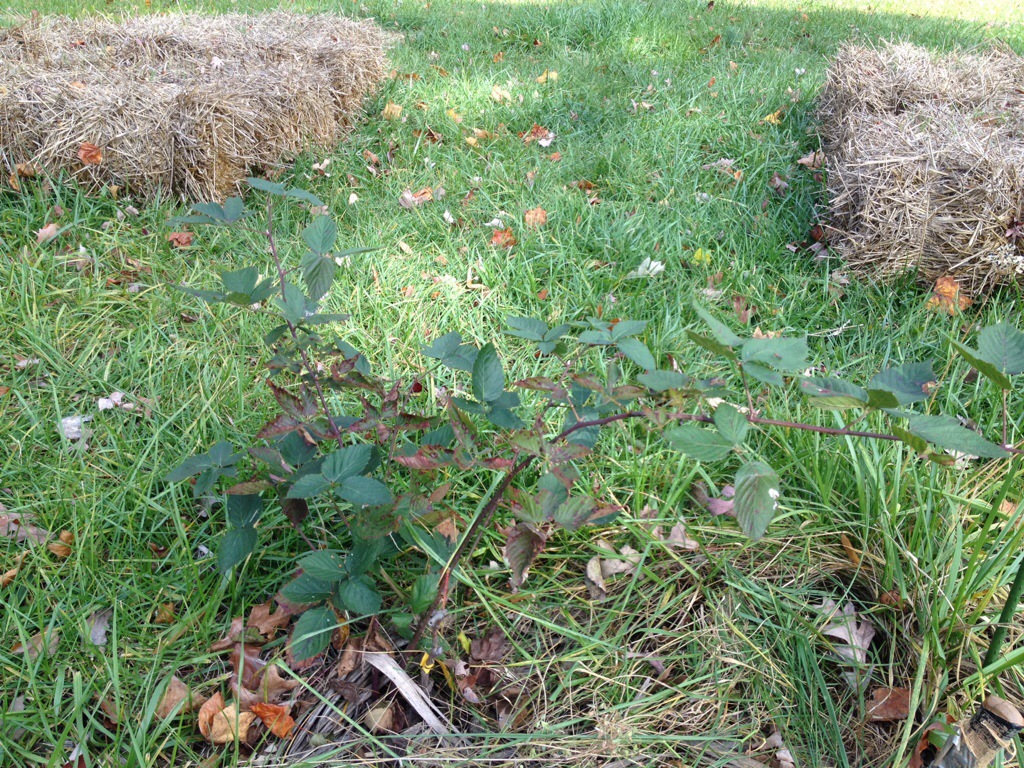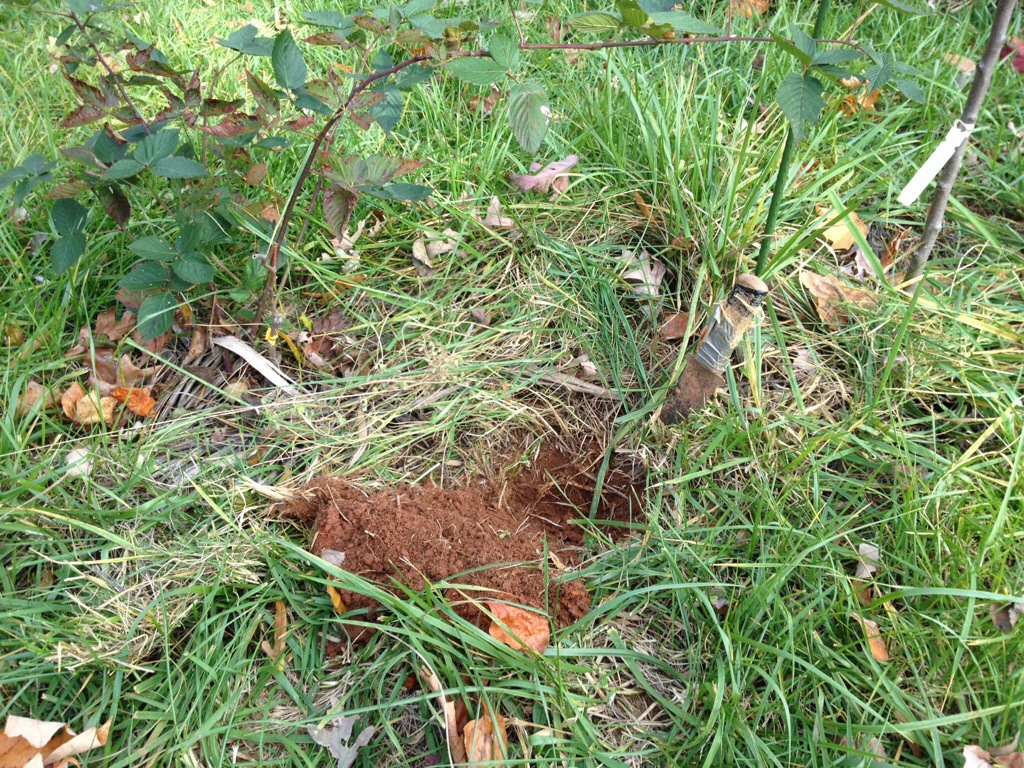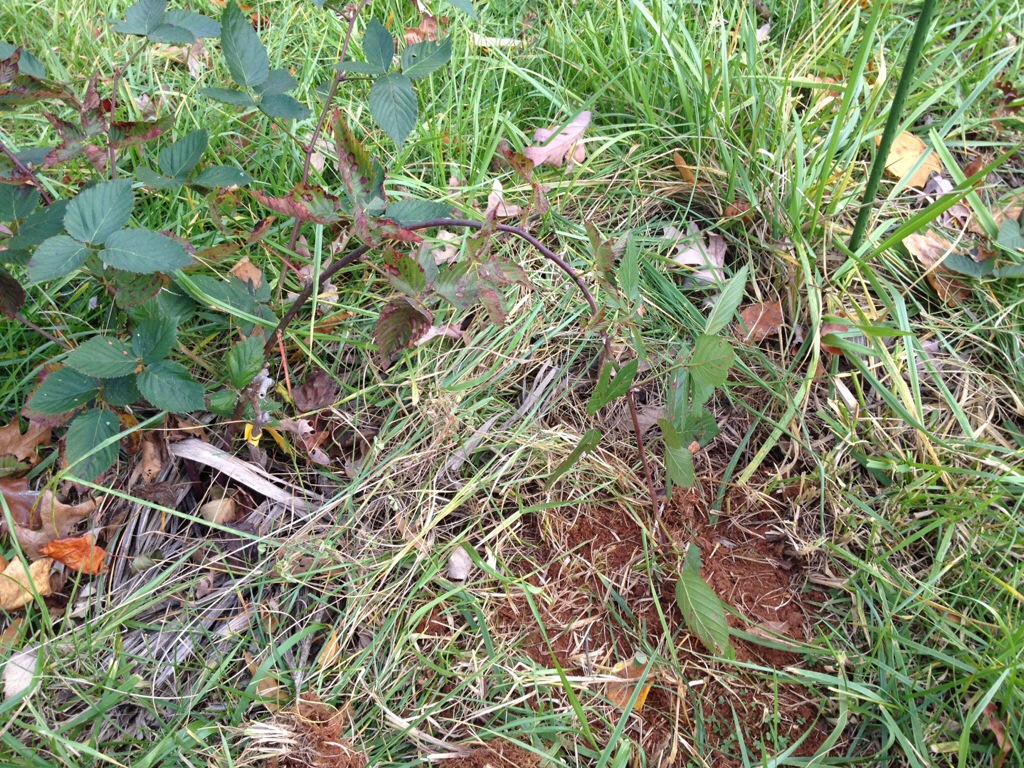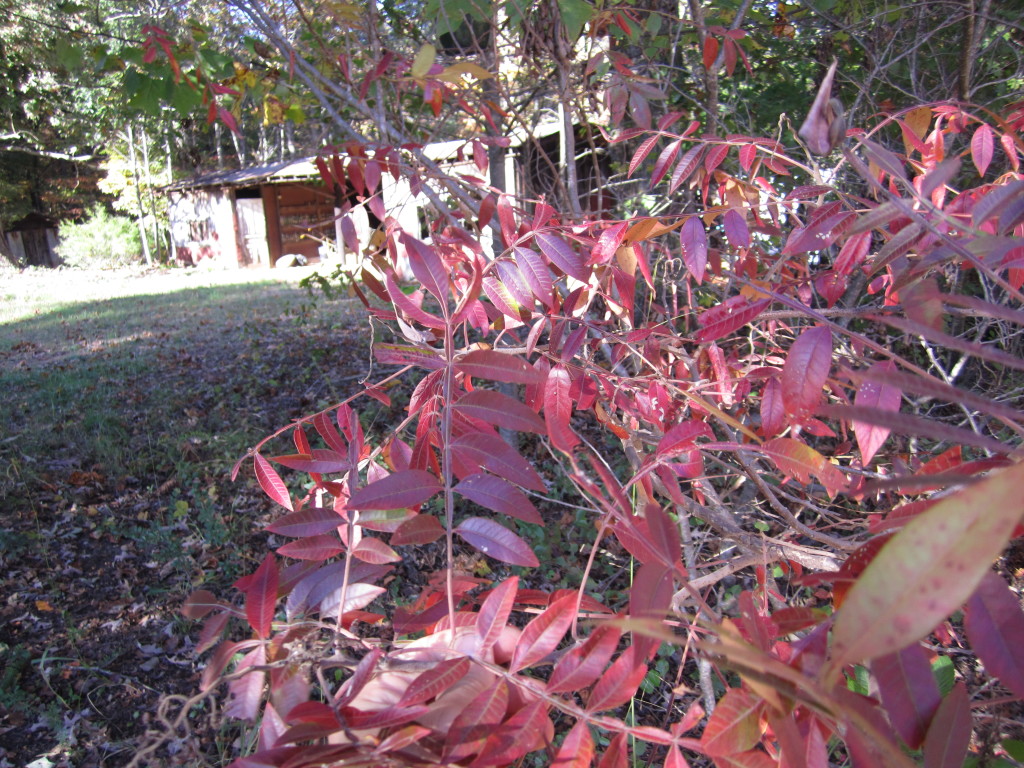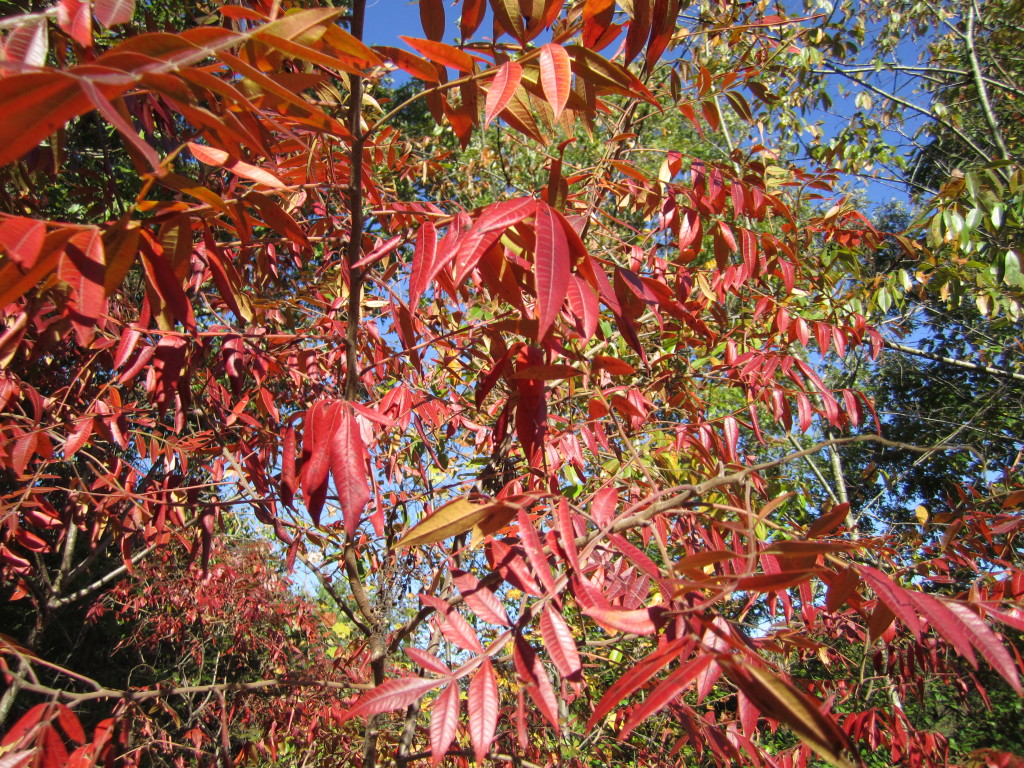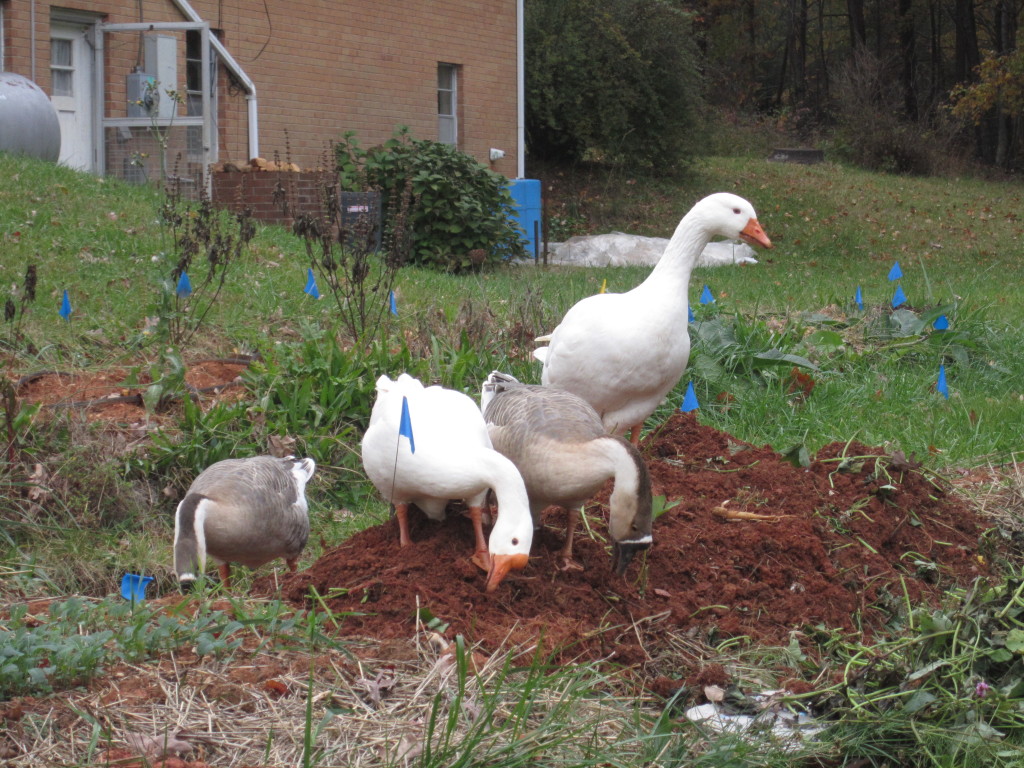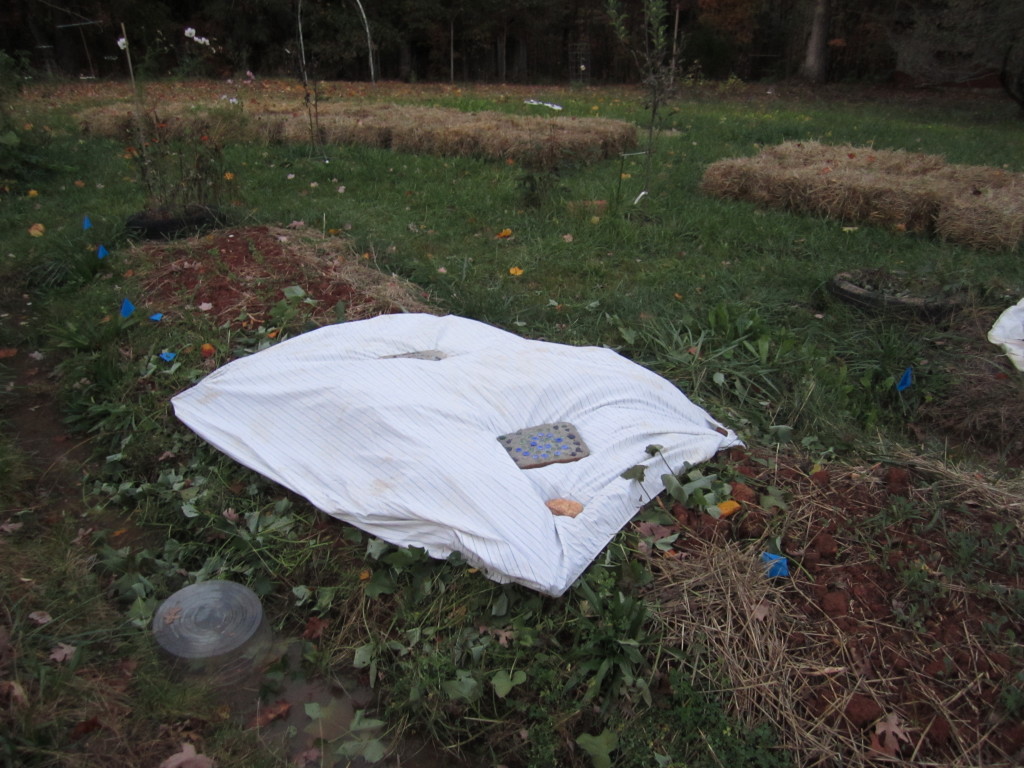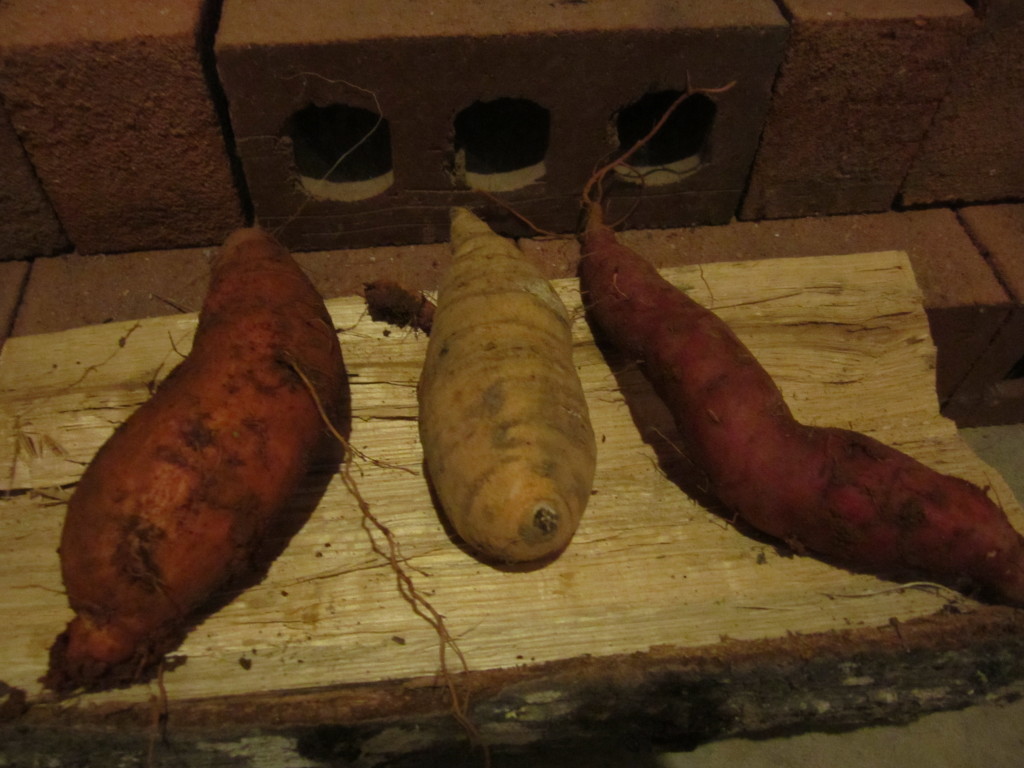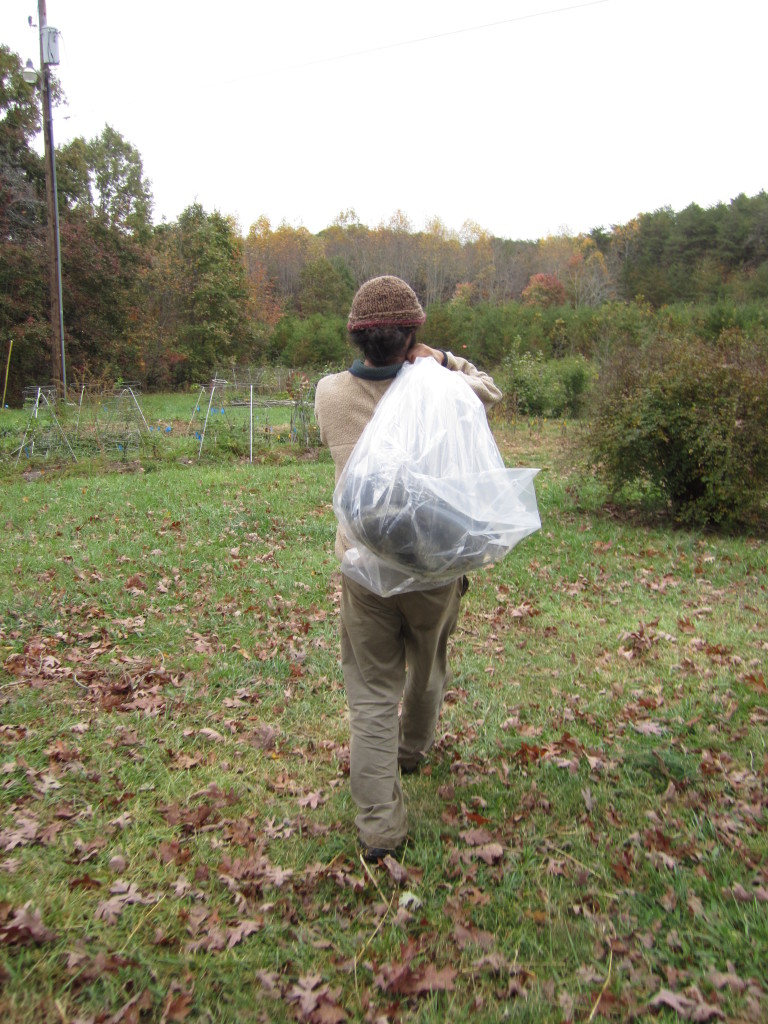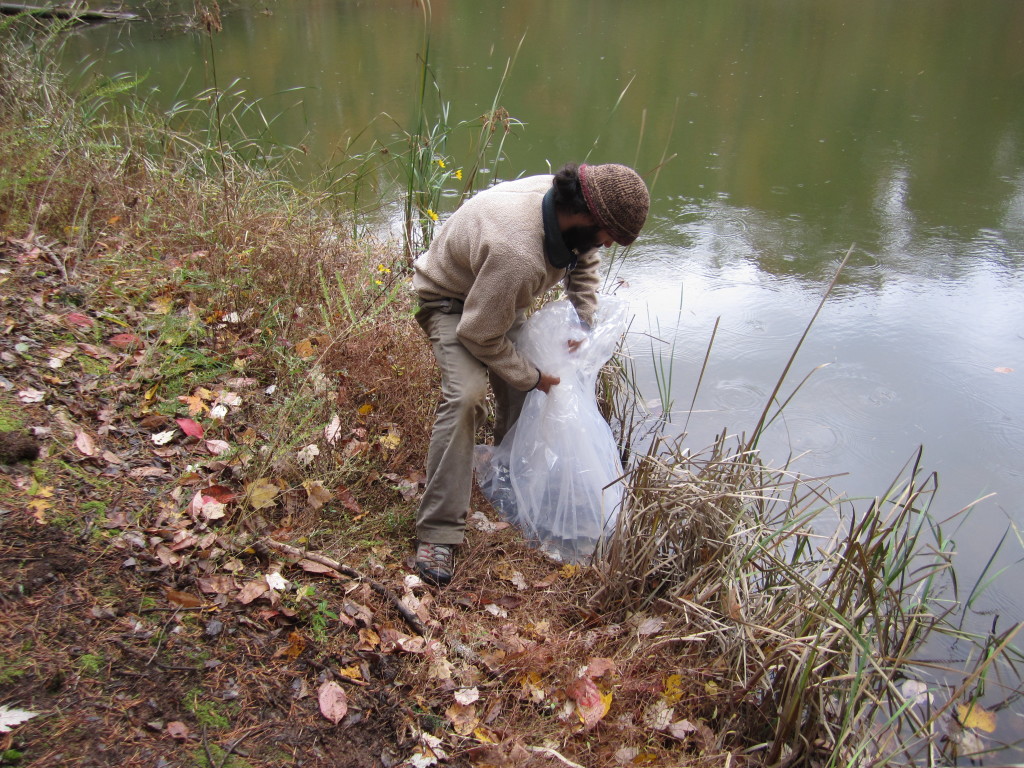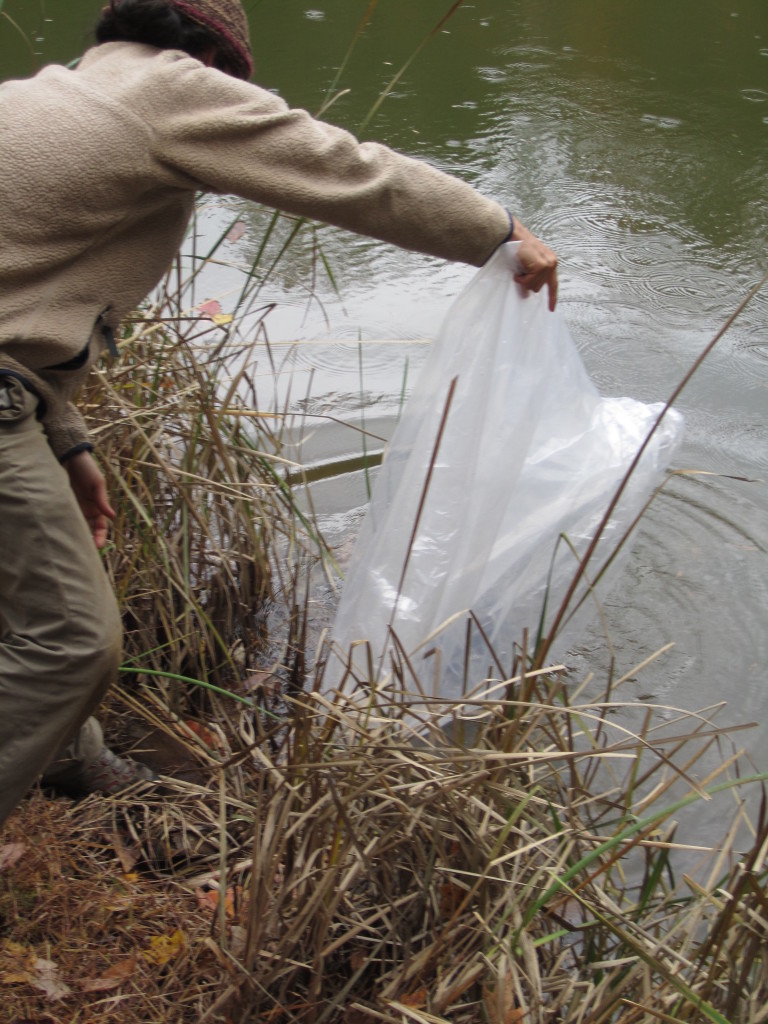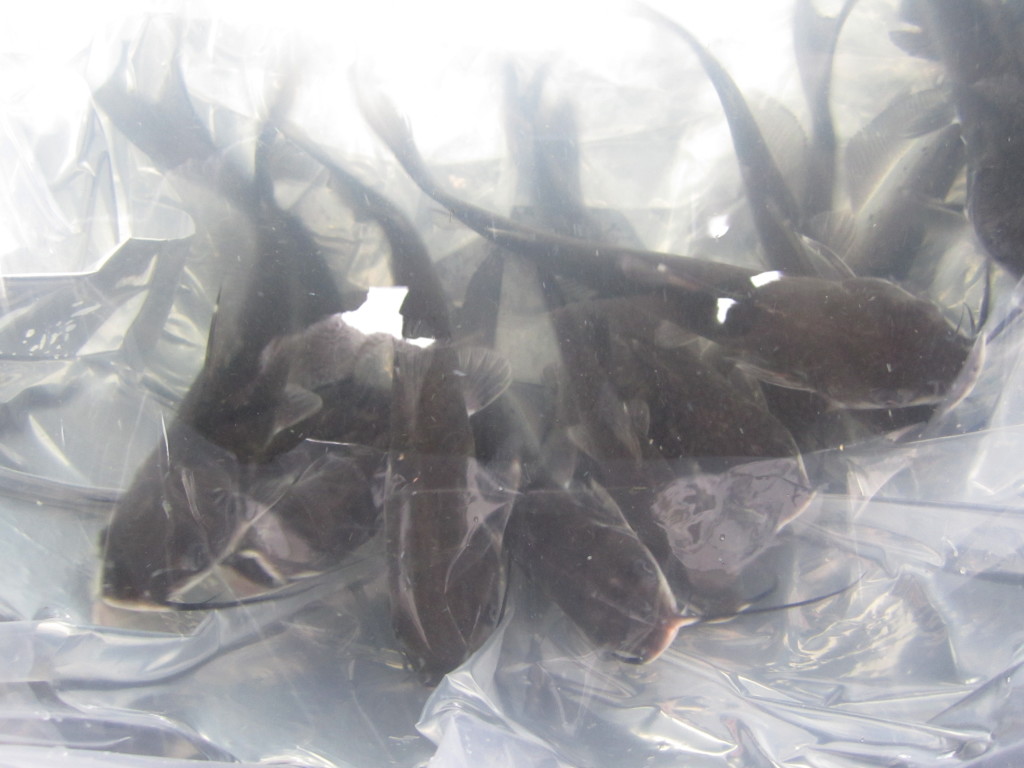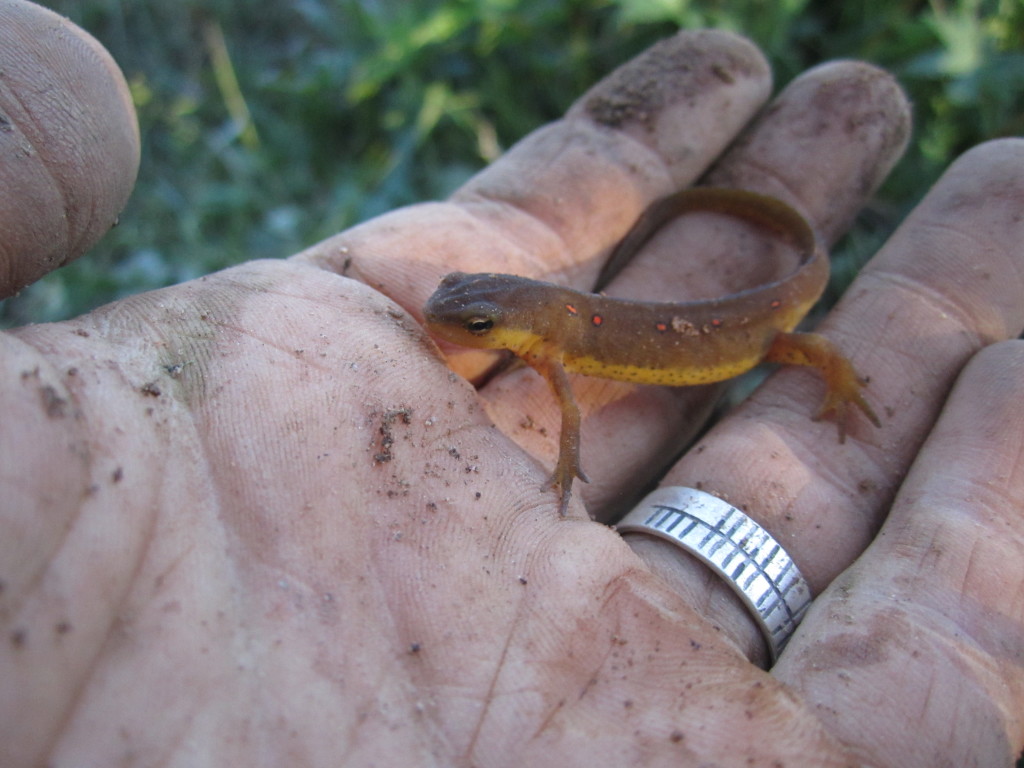Genetically Modified Organisms, or GMOs, have been in the news a good bit the last few years–from ballot initiatives to require the labeling of GMO food, to concerns about health, both human and environmental. I want to put together a post that explains my thought process and opinions when it comes to GMO food, including some discussion on some of the more disingenuous propaganda I have seen in the last few months.
First off, lets define exactly what GMO foods are. They are crops that have been genetically engineered, in laboratory settings, with DNA from viruses, bacteria, plants and animals. The most widespread example is Roundup Ready corn and soy, which have had genes from a bacteria spliced into their DNA to make them immune to glyphosate, the main ingredient in Roundup. This allows farmers to spray their fields with Roundup without worrying about killing their food crops of corn and soybeans. Sounds great, right?
Well, the thing is, when normal plants are sprayed with Roundup, they take it up and it acts like a growth hormone, causing them to grow super fast on the cellular level and eventually die as their cells burst. The problem is, the genetically modified corn and soybeans still absorb the Roundup. They have no choice but to absorb it into their cells and tissue, where it becomes part of the plant and part of the food. This isn’t something you can just wash off. It is present at the cellular level and present in the end product as well. Now, just because these corn and soy plants don’t die from drinking in gallons of Roundup, doesn’t mean that people are any more suited to consume Roundup than before. Check out the warning label on some of that stuff. It’s not something you want to take a shot of, but that’s essentially what you are doing every time you sit down to anything made with corn or soy (which is essentially everything in the supermarket these days).
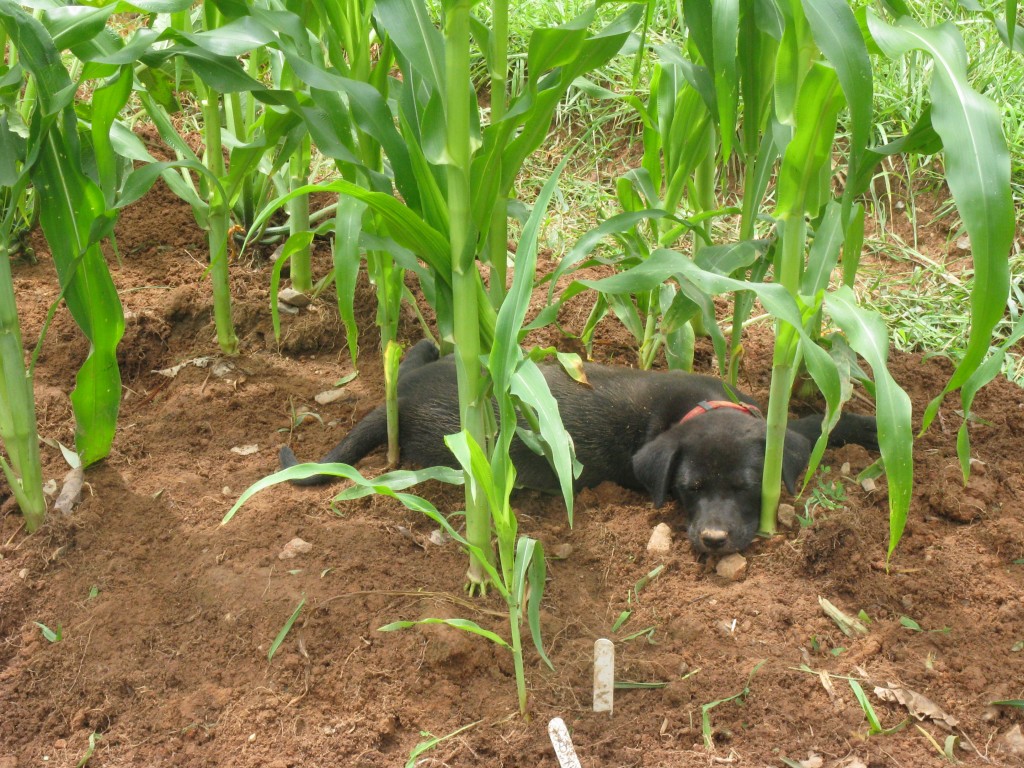
non-GMO corn makes the best napping spot
It turns out that Roundup is not only present in all of our food, but it’s also being found in human breastmilk, drinking water, and urine. But don’t worry, the EPA and USDA will protect us. It’s simple really, they can just raise the allowable amount of pesticides in our food whenever the amount of pesticides in our food goes up! See, everyone wins! Especially the lobbyists, politicians, judges, and appointed (by both democrats and republicans) regulators at the USDA who jump back and forth between working at Monsanto and writing the policies that regulate their profits.
Now, the standard line about GMOs has been that these modifications have resulted in using less chemicals, and have increased yields and profits for farmers. That may have been true in the beginning, but when you completely saturate a field in herbicide you start breeding and selecting for herbicide resistance in the weeds. This means that you have to spray more and buy more and chemicals from the biotech companies, and eventually you end up with superweeds that are completely resistant to chemicals.
But don’t worry, the USDA will just approve another, more toxic cocktail of chemicals that can be sprayed onto new and improved GMO seeds. Like 2,4-D, which is essentially Agent Orange and definitely something I want in my corn chips.
All of this, the bio-accumulation of more and more toxic pesticides in our bodies and the environment, is just part of the problem. Farmers, initially enticed by promises of higher yields, and who switched to GMO seeds are now seeing their yields and incomes decline as they buy more sprays and are faced with fields that are saturated in toxic chemicals. In addition to rising costs and lower yields, farmers are unable to save GMO seeds which carry a patent on the genes inside them and must be purchased year after year. These patents, which are extremely controversial, have even lead to secret “seed police” going out to fields and testing farmers crops for any sign of GMO genes. They then sue these farmers for patent infringement and often win.
This is a huge problem because crops like corn, which are wind pollinated, can pollinate other fields that are miles away. The precedent in court cases like these are that it’s the organic or small farmers responsibility to fence out the GMO pollen, and not responsibility of the GMO farmer to fence it in. And then, after your seed has been infected by GMO genes, Monsanto can come and sue you for stealing their genes!
Right now, we are at a crossroads when it comes to public opinion on GMO food. The latest propaganda effort to sway critical thinkers has been particularly effective because it covers the lie with a misdirection of truth. That is the argument that we, humans, have been genetically modifying our food for thousands of years. This argument essentially equates the domestication of livestock and crops through selective breeding, to transgenic gene splicing between plants and animals. This is not the same thing. In nature, there are a limited number of interactions and results that can occur, and due to the (relatively) slow process of domestication and natural breeding the outcomes are relatively stable and their consequences are minor. This is not the case with GMOs, where the introduction of DNA from an entirely different kingdom of species can not be fully understood, especially by studies paid for by the companies set to profit the most .
This argument is a clever and devious attempt to win over those with science and history backgrounds and critical thinking skills. It is despicable, especially for an institution like the Smithsonian, to submit arguments like this, and is an indication of how deep the connections between researchers, politicians, policy makers, the media, and biotech companies like Dupont, Monsanto,Conagra, Dow, and Baer are.
I don’t really need anymore reasons to avoid GMOs, which we try to do whenever possible, but searches on sites like the ones I’ve linked to in this post (especially Dr. Mercola’s) will also turn up article after article about the dangers and health risks of GMOs. The fact that these pesticides are in our food and are bio-accumulating in our bodies and the environment, along with the impact on farmers and soil health, give me more than enough reason to support efforts like the Non-GMO Project and the labeling of genetically modified foods. We’ll see what happens in the next few years, but I think the chances are high that we will see pushes from the mainstream to loosen organic certification standards to allow certain GMO foods. I hope it doesn’t happen, but even if it does, I know the solution is to source the highest quality, nutrient dense food we can from local producers, and to grow as much of our own vegetables, fruits, meat, and eggs as we can.
